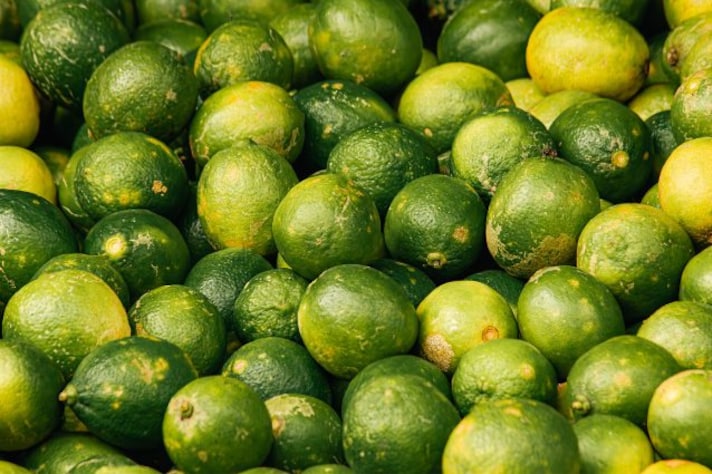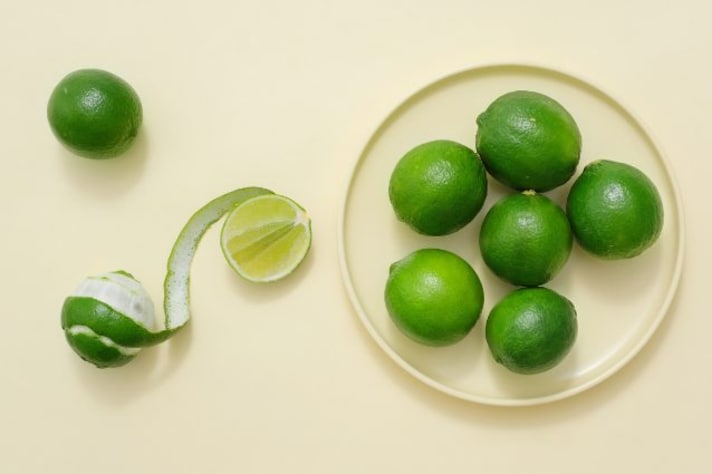
Limes—those tiny, green gems of the citrus family—are like the unsung heroes in many kitchens. Whether they’re squeezing their way into a margarita, brightening up a taco, or adding a zesty kick to your favorite marinade, their tangy flavor packs a punch. But here's the thing: picking the right lime can make or break your recipe. Unfortunately, limes don’t ripen after they’re picked from the tree. Once they’re off the branch, that’s it—they're as ripe as they’ll ever be. If stored correctly, they can last at home for up to two weeks in the fridge. But, of course, the key to success starts at the grocery store. You want the ripest, juiciest lime to get the best flavor. So how can you tell if your lime is perfectly ready for you? Here are five easy ways.
1. The Color Test
When we think of limes, the color green is usually the first thing that comes to mind. But is that the sign of ripeness? Surprisingly, the ripest limes are not always as vividly green as you might expect. In fact, limes are fully ripe when they develop a slightly yellowish hue. That vibrant green color means they’re still a bit under-ripe. While they’re still usable, the flavor won’t be at its peak. So, don’t shy away from a lime that’s starting to turn yellow—it may just be the juiciest one on the pile.

2. Is It Hard or Soft?
The perfect lime should have a little give when you gently squeeze it, but not be too soft. If it feels rock-hard, that’s a sign the lime is still under-ripe, and you’re likely to struggle to extract much juice from it. On the other hand, if it’s too soft or squishy, the lime is probably overripe and may have started to dry out or spoil. A perfectly ripe lime will feel firm but will yield slightly under pressure, promising a juicy and flavorful interior.
3. Give It a Whiff
Believe it or not, your nose can be a powerful tool when picking the ripest lime. Hold the lime close and take a sniff. A ripe lime will have a fresh, citrusy aroma that’s immediately noticeable. If there’s no scent at all, chances are the lime is still too young and hasn’t developed its full flavor. And if the smell seems a bit off or overly pungent, it’s past its prime. A fragrant lime equals vibrant flavor, so trust your nose on this one!

4. Heavy or Light?
When it comes to limes, weight matters. Pick up a few and compare—ripe limes will feel heavier than they look. This extra weight is a great indicator of high juice content. If a lime feels light for its size, it may be dried out inside and won’t provide that much-needed burst of juice. Heavier limes are always juicier, making them the better pick for squeezing, zesting, and cooking.
5. What’s the Texture Like?
Take a close look at the lime’s skin. A perfectly ripe lime will have a slightly glossy, smooth texture, which indicates it’s full of juice. If the skin is wrinkled or too bumpy, that lime has likely started to lose moisture, and you’re in for a disappointment when you cut into it. A little texture is normal, but avoid overly bumpy or shriveled limes—they’ve passed their prime and won’t deliver the freshness you’re looking for.
;Resize,width=767;)
